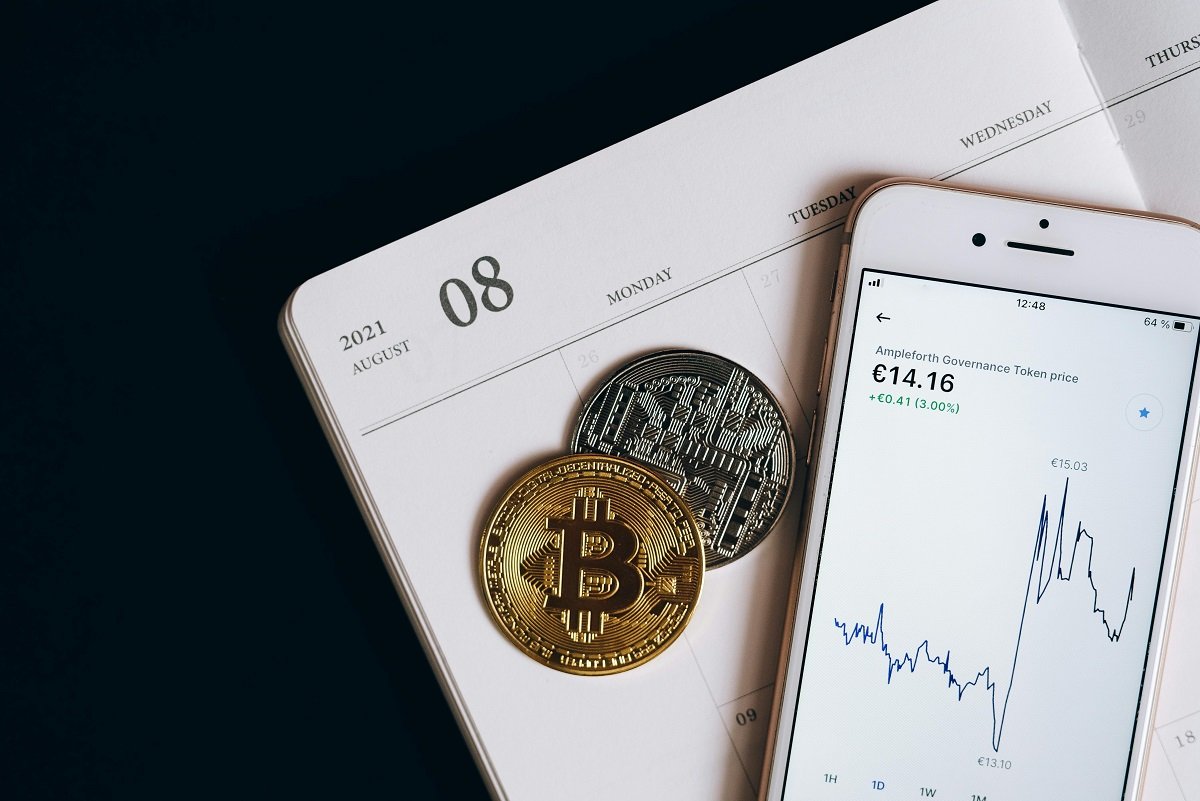
When comparing the economic strategies of the United States and China, it becomes evident that the world’s two largest economies have adopted fundamentally different approaches shaped by their political systems historical trajectories and national priorities. The US. economy largely driven by free market capitalism and private enterprise contrasts with China’s state directed capitalism where the government plays a central role in steering economic growth.
Understanding the federal economic strategies of both nations offers insights into global trade dynamics innovation policies military industrial development, and their long-term visions for global leadership. This comparison is particularly relevant today as the world witnesses intensifying US China economic rivalry technological competition and geopolitical friction.
Government Role and Policy Structure
One of the most defining contrasts between the two nations lies in the structure and influence of their respective governments. In the United States, federal economic strategy operates within a capitalist democracy. Market forces play a dominant role in determining production pricing and distribution while the government intervenes primarily to regulate correct market failures or provide social safety nets. Agencies like the Federal Reserve Department of the Treasury and Office of Management and Budget are central players in shaping fiscal and monetary policies but their actions are often tempered by democratic checks and balances.
In contrast China operates under a one-party system led by the Chinese Communist Party CCP where economic planning is more centralized and coordinated. China’s five-year plans dictate investment priorities target industries and reform goals enabling long term strategic planning with less regard for short term political cycles. State Owned Enterprises SOEs remain integral to many sectors including energy telecommunications and banking. The central government through institutions like the National Development and Reform Commission NDRC plays a far more hands-on role in directing capital and shaping industrial policy.
Fiscal and Monetary Policy Differences

The US federal economic strategy heavily leans on independent institutions such as the Federal Reserve to control monetary policy through interest rates and quantitative easing. Fiscal policy spending and taxation is determined by the legislative and executive branches. During economic downturns stimulus packages such as the CARES Act or the Inflation Reduction Act are common methods to boost consumer demand and employment. There’s often public debate and negotiation involved reflecting the democratic nature of US governance.
In China, the People’s Bank of China PBOC maintains more direct coordination with the central government. Its policy tools not only include conventional interest rate management but also direct control over capital flows and bank lending quotas. China’s fiscal interventions are less transparent but more agile, as seen during the COVID-19 pandemic when Beijing deployed stimulus through local governments and infrastructure investment. China’s ability to mobilize large-scale infrastructure projects quickly is a product of its command-style fiscal apparatus.
Innovation and Technology Strategy
Both countries understand that technological leadership is key to long term economic and military superiority. The US traditionally relies on private enterprise universities and venture capital to drive innovation. Tech giants like Apple Microsoft Google and Amazon are products of this ecosystem supported by intellectual property protections open markets and an influx of global talent. Federal agencies like DARPA Defense Advanced Research Projects Agency and NSF National Science Foundation provide research funding, but the commercialization of technology is largely left to the private sector.
China has adopted a different model one of targeted innovation promotion through state led investments and strategic planning. Initiatives like Made in China 2025 and the China Standards 2035 plan aim to upgrade China’s manufacturing base and set global standards. The government allocates substantial funding to Artificial Intelligence AI semiconductors and 5G often channeling these through SOEs or state-supported private firms like Huawei and SMIC. Moreover China uses large-scale data from its domestic population to train AI models and develop digital services.
Trade and Global Economic Integration
The United States has long championed global free trade and established international institutions like the World Trade Organization WTO and the International Monetary Fund IMF US economic strategies emphasize open markets fair competition and intellectual property enforcement. Although recent years have seen a shift towards protectionism especially under the Trump administration’s trade war with China and the Biden administration’s support for reshoring critical industries the US still maintains one of the most open economies in the world.
China’s trade strategy has evolved from being the world’s factory to becoming a key investor and creditor on the global stage. Its Belt and Road Initiative BRI exemplifies its shift toward economic diplomacy through infrastructure development and financing in Asia Africa, and Latin America. China employs dual circulation as a strategy to reduce dependence on foreign markets while boosting domestic consumption and self-reliance, particularly in strategic sectors. It has also expanded influence in global trade frameworks like the Regional Comprehensive Economic Partnership RCEP.
Labor Employment and Wage Policies
US federal economic strategy in the labor market revolves around setting minimum wages unemployment insurance and labor regulations with states adding their own layers. There’s also a strong emphasis on creating conditions favorable to entrepreneurship and job creation through tax incentives and deregulation. While labor unions once had strong influence, their power has diminished in recent decades. The U.S. workforce is largely mobile and flexible but also vulnerable to income inequality and job displacement from automation.
China, on the other hand, enforces strict labor controls, including a household registration system hukou that limits rural migration to cities, although reforms have slowly eased these barriers. While wages have risen rapidly over the past two decades, labor rights remain a contentious issue, with limited collective bargaining and state-influenced union structures. China’s strategy emphasizes full employment as a social stability tool, often steering investment into labor-intensive sectors to maintain job growth.
Industrial Policy and Sectoral Focus
Industrial policy is one area where the two nations diverge sharply. The US has traditionally avoided overt industrial planning, allowing market forces to guide sectoral growth. However, this approach has come under scrutiny with growing dependence on foreign supply chains for critical goods. The Biden administration’s CHIPS and Science Act and Inflation Reduction Act signal a partial return to industrial policy through incentives for semiconductor manufacturing, renewable energy, and infrastructure revitalization.
China conversely has embraced industrial policy with vigor. Through state subsidies, cheap financing and export promotion, it has built world-leading capacities in solar panels, electric vehicles EVs, and rare earth mining. China’s dominance in battery technology and solar module production is no accident but a result of long-term planning and centralized coordination. Its economic strategy favors national champions and vertical integration, often at the cost of market competition.
Currencym Debt and Reserve Strategy
The U.S. dollar’s role as the world’s reserve currency gives the U.S. unmatched global financial power. It enables the country to run fiscal deficits and still maintain strong international demand for Treasury bonds. US economic sanctionsoften targeting adversaries through SWIFT and dollar transactions, reflect this strength. However, rising national debt and inflation concerns have prompted debate over the sustainability of this advantage.
China has sought to internationalize the renminbi RMB and reduce its exposure to dollar-denominated assets. Its dedollarization strategy includes promoting the RMB in cross-border trade, increasing holdings of gold and non US assets, and establishing alternative financial networks like the Cross-Border Interbank Payment System CIPS. Still capital controls and limited convertibility of the RMB hinder its reserve currency ambitions.
Economic Resilience and Crisis Management
During crises both nations respond differently. The United States uses a combination of monetary stimulus e.g, lowering interest rates, bond purchases and fiscal stimulus e.g., stimulus checks, expanded unemployment insurance. These responses are debated in public and subject to political compromise, which can delay execution but ensures democratic accountability. Programs like the Paycheck Protection Program PPP in 2020 helped stabilize small businesses during the pandemic.
China’s crisis response is more centralized and rapid. It deploys massive credit flows, orders state banks to lend, and fast-tracks infrastructure projects. During the COVID-19 pandemic, China rolled out aggressive lockdowns followed by massive testing and quarantine systems. Its economy rebounded quickly, though at the expense of individual liberties. The top-down approach ensures faster implementation but at times creates inefficient capital allocation and systemic debt risks, especially in the property sector.
Long-Term Economic Vision
The United States focuses on maintaining global leadership in innovation capital markets and military strength. Its federal economic strategy emphasizes freedom of enterprise, global financial dominance and competitive edge in future technologies like AI, quantum computing, and space exploration. Political cycles and polarization however sometimes hinder the implementation of cohesive long-term policies.
China’s long term vision is encapsulated in its goals for national rejuvenation by 2049. Economic strategy is closely tied to political stability and global power projection. Through initiatives like Common Prosperity, China aims to reduce inequality while retaining control over private capital. Beijing seeks dominance in strategic sectors, control over data, and technological independence as cornerstones of its future economic security.


